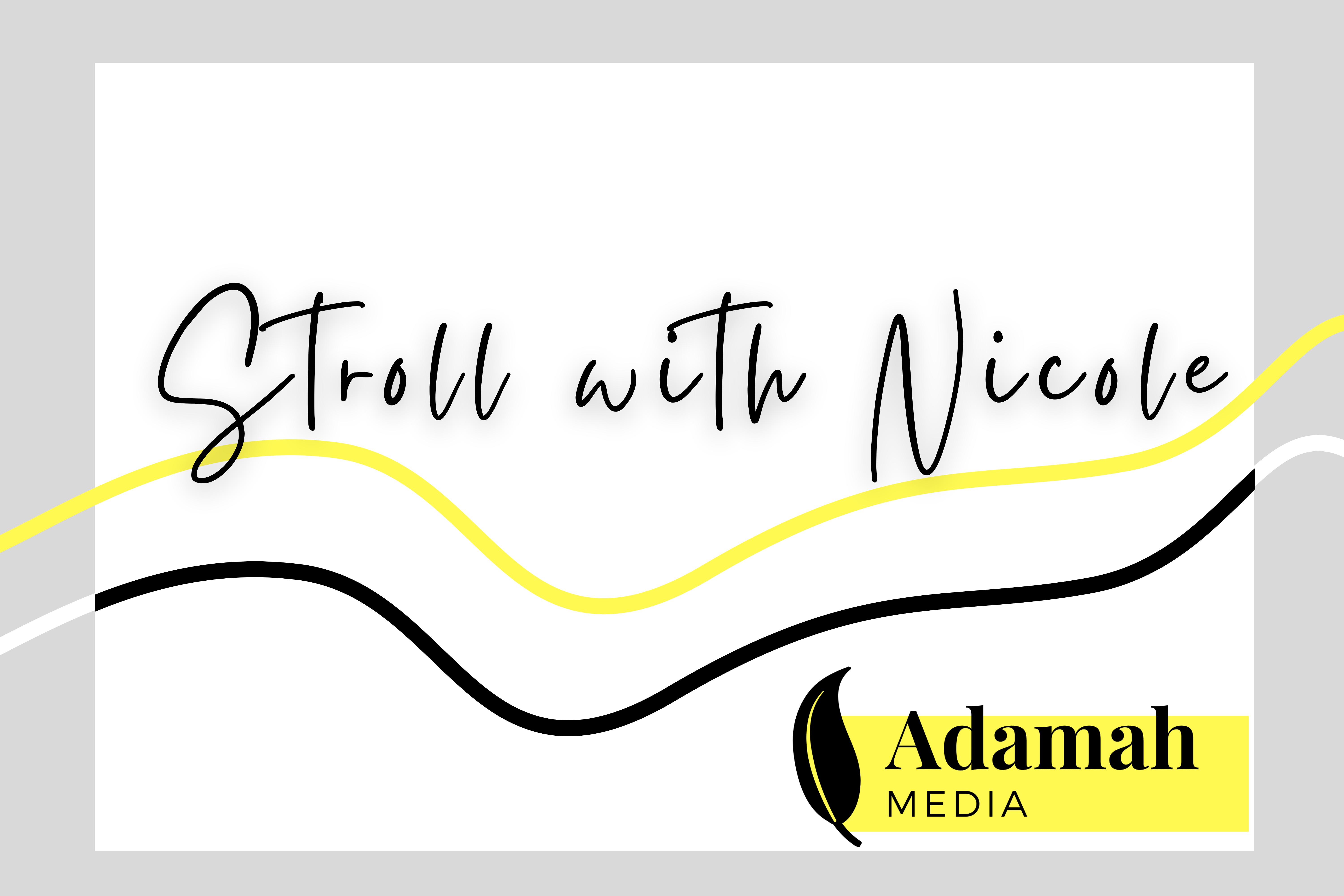
Finding inspiration in the gentle heart of a superhero
Nicole Law explores the hidden qualities of the superhero Wonder Woman.
The last time I stepped into a cinema (remember them?), it was to see Wonder Woman with a few girlfriends of mine. At first I was reluctant – I am not a natural fan of the superhero genre. Yet, after some gentle prodding, I relented and plonked myself down in my seat, Nachos in hand, ready to give it a go.
The movie opened with a scene of the main character undergoing physical training in her native land and I started to sit up a little – so she was not the damsel in distress I am so used to seeing on screen! In fact, it turns out she was the one who took it upon herself to save the world in the midst of a global conflict.
As the movie wore on, I caught a glimpse of the female heroine defending her male counterparts, demonstrating courage in the face of adversity and looking bewildered when trying to make sense of a corset.
She seemed like that older sister you wanted to be like when you grew up – self-assured, confident and principled. At one point, Wonder Woman, whose (fictional) real name is Diana, is seen walking through the trenches. While her male counterparts are numb to the pain and suffering about them, and urge her to keep up with them as they traverse the muddy terrain populated by soldiers moaning in agony and a mother comforting her terrified child, Diana stands out. She cannot bear to look away from the pain around her and slows down to touch the cheek of the child in a moment of tenderness.
Clothed in her iconic cape (which has a hint of the mantle of the Blessed Virgin Mary, but more on that later), she hears her companions insisting with resignation, “We ARE doing something! We are! We just… we just can’t save everyone in this war. That’s not what we came here to do”. Diana shakes her head, throws off her cape and steps out of the trenches, right into No Man’s Land and utters one of the most powerful lines in the movie: “No, but that is what I am going to do.”
As unrealistic as this scene is, as I sat in that movie theatre I felt the weight of what Diana had said. Something inside her, something deeply feminine, had stirred. She understood the fear which the men around her felt – it was all too human. Yet, she rose up out of the trenches and deflected enemy bullets with her shield, and in doing so she seemed to represent in some way the figure of the Mother of God in Christian theology – a kind of comforter of the afflicted and protectress of the weak.

As Diana charged into the hail of bullets, she provided shelter for the troops to cross No Man’s Land.
The German Jewish philosopher Edith Stein notes that a woman’s soul is fashioned as a shelter in which other souls may find refuge.
Diana exhibited that uniquely feminine quality of being sensitive to the needs and pain of those around her and refusing to be deterred by the seemingly insurmountable challenges.
Far too often, women are criticised for being too sensitive, emotional or soft, yet in a world where we are collectively becoming numb to the harsh realities that pervade modern society, realities like poverty, abuse and greed, can we learn from Diana not to look away but to look right into the eyes of those who need our help?
As we approach International Women’s Day, I have found myself wrestling with what constitutes the essence of womanhood… Some people say a woman is defined by the roles she plays in relation to others. She is a daughter, a friend, a wife, a mother. Others say she is defined by what she can add to the lives of those around her, in her care for others, her ability to bear children and her acts of selfless love. Others offer a definition based on how much she achieves in making a mark on society, business, academia or the world of finance … It seems everyone has something to say about what a woman should be and that can affect how we women see ourselves.
The media too has shaped our views on the myth of the ideal woman, in magazines, television programmes and social networks. All too often, alas, it is related to physical beauty and to a simplistic depiction of women excelling in what are usually seen as masculine traits, such as physical strength or ruthlessness in business or leadership.
But does a woman really have to mimic man in order to be fully herself?
Women have collectively been searching for the answer to this question – what makes me a woman, really?
I admire in Diana not her athletic prowess or wit, nor her beautiful, flowing hair. I see in Diana something deeper, an oft-overlooked tenderness and desire to protect, a heart for the voiceless and powerless and the courage to stand up for her beliefs. There is something of the Joan of Arc about her – another trailblazing woman who demonstrated immense courage and resolve.
Across time, we have seen women living out this femininity in countless shades and hues. Our own mothers, grandmothers and friends live it out, inspiring us with their quiet strength and sensitive souls. As our identity as women continues to evolve and blossom, perhaps we can take a leaf out of Diana’s book too and discover the true essence of being a Wonder Woman today.

Like what you’ve read? Consider supporting the work of Adamah by making a donation and help us keep exploring life’s big (and not so big) issues!
